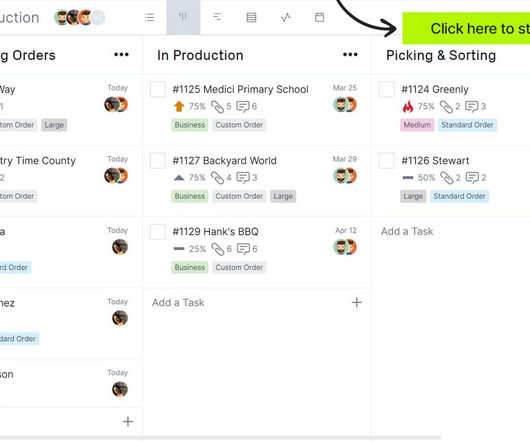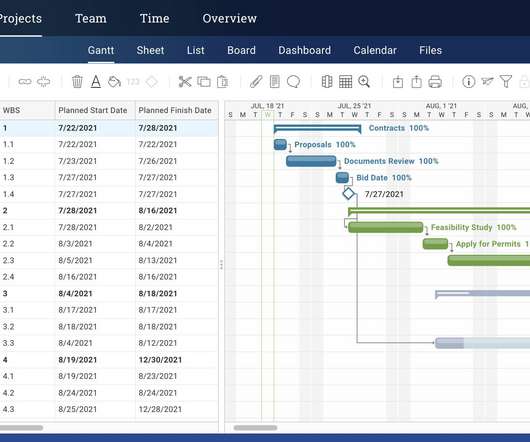Kanban vs. Scrum: What’s the Difference?
ProjectManager.com
APRIL 19, 2024
Scrum allows you to create flexible project plans that can be adjusted at any point without impacting your project or budget. On the other hand, tasks can be added to a kanban board at any point of the project life cycle.














Let's personalize your content